
Trauma Informed Schools
Transitioning to a Trauma Informed School has become an important movement across the United States, particularly in those schools with a high population of at-risk

Transitioning to a Trauma Informed School has become an important movement across the United States, particularly in those schools with a high population of at-risk

Parents, teachers, admin, even grandparents are struggling with the difficult decision of; “Should I send my child back to the classroom setting?” Some believe kids

All educators are anxiously awaiting what this fall might look like. Some still aren’t sure if kids will be in the classroom or virtual—and things
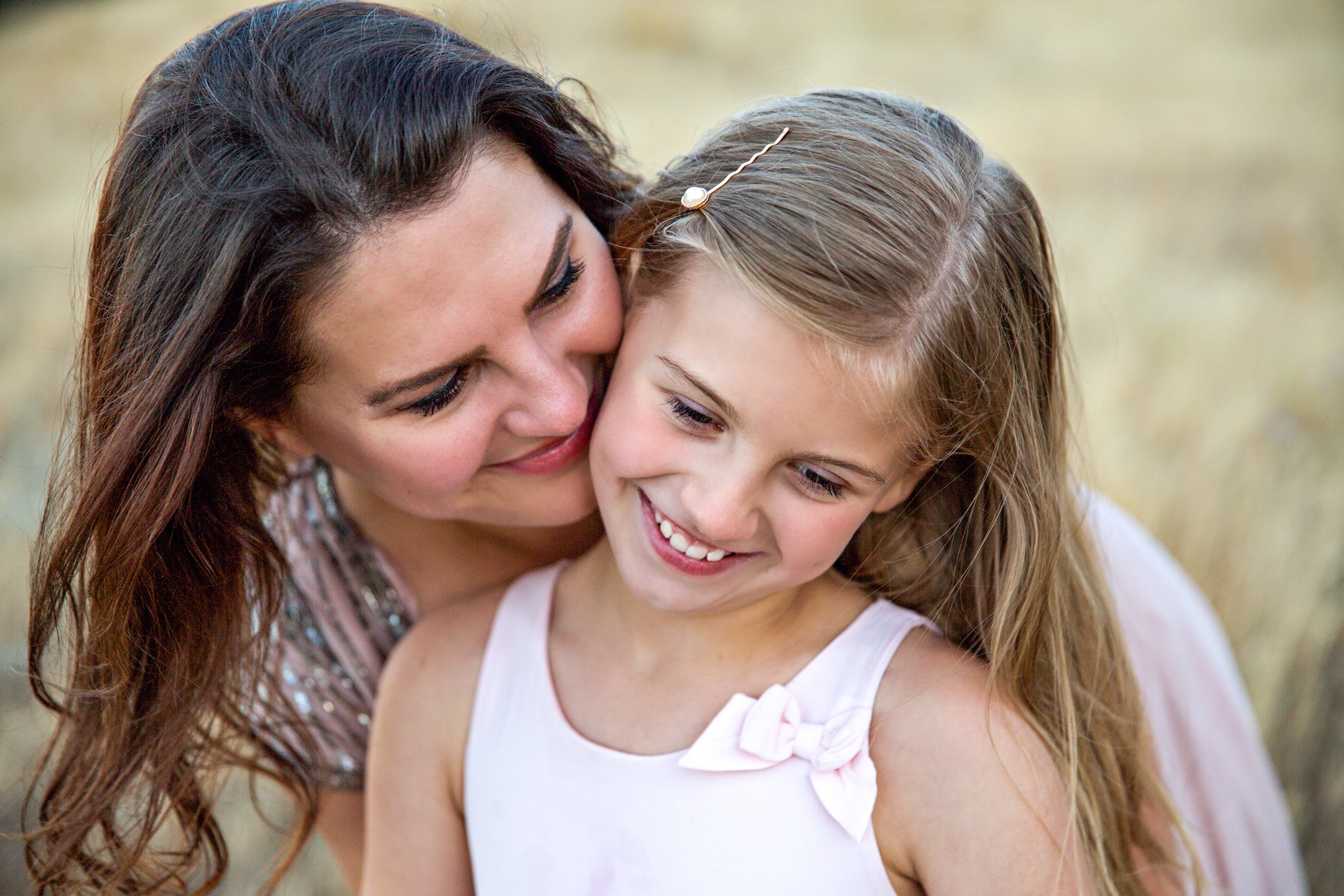
Ugh, life has been challenging lately, sometimes down right hard! Many of us are facing situations we never thought we would ever encounter. The stress

Stress is running high right now. Everyone is feeling it, whether it’s a change in our everyday routines, being worried about a loved one, or

Numerous studies have been conducted that reveal just how much stress today’s kids are under. Sadly, we see it every day revealed in bullying, anxiety,
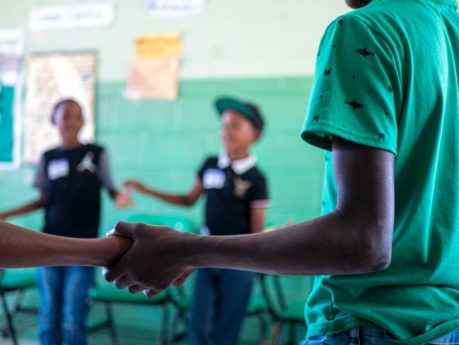
The spirit of giving is all around us this time of year. Giving is the essence of life—taking care of our loved ones, friends, even

Step 7 of The Imagine Project writing activity is a 30-day Gratitude challenge. We ask students to write down 3 things they are grateful for

As parents and teachers we often see our kids struggling with issues that challenge their ability to cope. It may be keeping up in school,

As a parent, we are often looking for things to do with our children during the long summer months when they are out of school
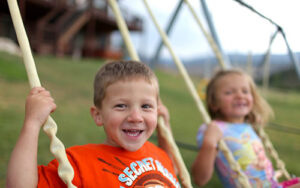

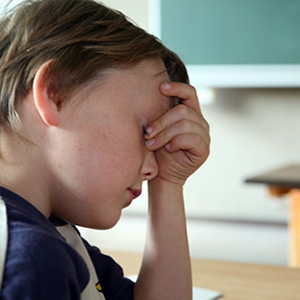
The Imagine Project, Inc. is a 501c3 organization, we appreciate your continued support helping ki
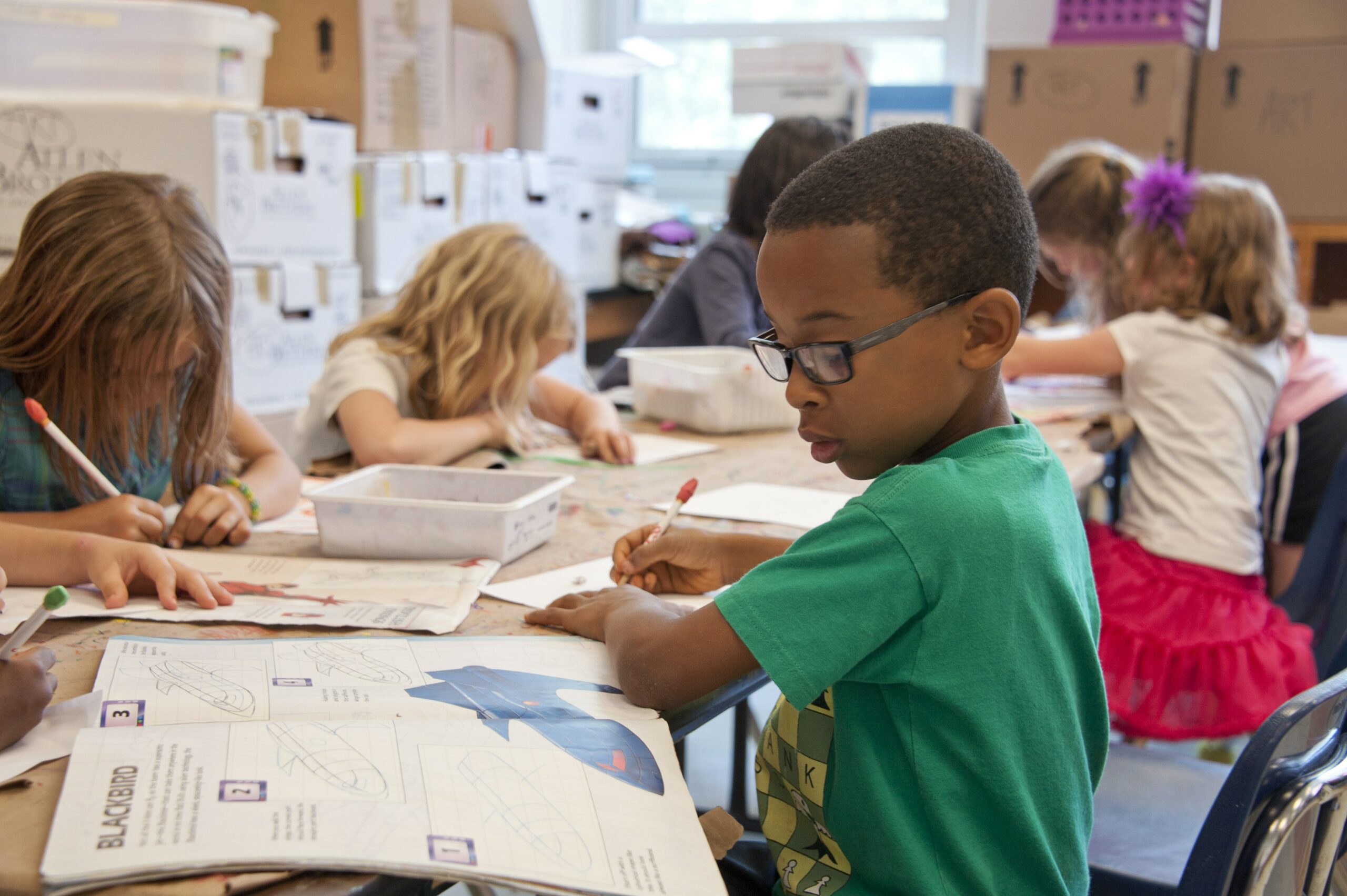
Join our community to get the latest tips, exclusive offers, and updates straight to your inbox. Don’t miss out—subscribe now and be the first to know!